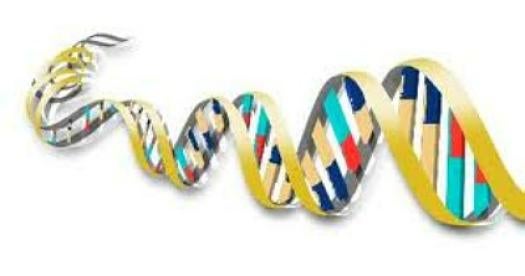On July 29, 2011, the U.S. Court of Appeals for the Federal Circuit issued a split decision in Association for Molecular Pathology v. Myriad Genetics, No. 2010-1406 (Fed. Cir., July 29, 2011), holding that claims to isolated DNA are patentable subject matter. However, the Federal Circuit also held that claims directed to methods involving only “comparing” or “analyzing” DNA sequences were not patentable subject matter.
The Federal Circuit decision arose from an appeal of the decision by the United States District Court for the Southern District of New York holding that Myriad’s patent claims to isolated BRCA1 and BRCA2 genes were not patentable eligible under 35 U.S.C. § 101. In addition, Myriad’s claims to methods of “analyzing” or “comparing” a patient’s BRACA sequence with the normal sequence, to identify the presence of cancer-predisposing mutations, were also held to be not patent eligible.
On appeal, the Association and other plaintiffs argued that claims to isolated DNA should not be patent eligible, as such claims covered natural phenomena and products of nature. They further argued that, unless a product of nature has some highly useful change compared to its natural form, making it “markedly different,” it is not patent eligible under Supreme Court precedent. The Federal Circuit rejected this argument, noting that in fact Myriad’s
claimed DNA molecules were chemically distinct from those in nature. Isolated DNA has been cleaved (i.e. had covalent bonds in its backbone chemically severed) or synthesized to consist of just a fraction of the naturally occurring DNA molecule. Thus, isolated DNA is not just purifi ed DNA that might be considered a product of nature. Thus, the Federal Circuit held that isolated DNA does not exist in nature, is made by the hand of man, and is patent eligible under § 101.
The dissent, authored by Judge Bryson, argued that the isolated DNA was no different than the native gene. Therefore, similar to the purification of a mineral, the isolation of an DNA molecule should not be patent eligible subject matter.
The Association also argued on appeal that Myriad’s method claims were not patent eligible as they were directed to the abstract idea of comparing one sequence to a reference sequence and preempt a phenomenon of nature – the correlation of genetic mutations with a predisposition to cancer. The Federal Circuit agreed, holding that steps directed only to “comparing” or “analyzing” two gene sequences fall outside of what is patent eligible under §101, because they are only abstract mental processes, regardless of the technical art. In support of its decision, the court relied upon the Supreme Court’s decision in Bilski, where the Court held that “the prohibition against patenting abstract ideas ‘cannot be circumvented by attempting to limit the use of the formula to a particular technologicalenvironment.’”
Myriad’s method claim directed to screening potential cancer therapeutics survived the Association’s patent eligibility challenge. Unlike the “comparing” or “analyzing” claims, the screening claim further involved the step of growing cells and determining their growth rate. The Federal Circuit found that the growing step was “inherently transformative” and therefore satisfied the Supreme Court’s patent eligibility criteria articulated in Bilski.
This decision has sustained the validity of a large number of claims directed towards isolated DNA molecule. At the same time, however, the decision calls into question patent claims that recite simply the step of analyzing or comparing DNA sequences. Going forward, it will be important to include additional steps in method claims, for example, which are “transformative” – extracting, sequencing, or otherwise processing the DNA. Claims currently affected by this decision may be resurrected through post-grant proceedings. Given the overall importance of this case and the vigorous dissent, this may not be the end of the story should one or more of the parties seek further review, either through en banc review by the Federal Circuit or the U.S. Supreme Court, both of which seem likely.
This alert is intended to be informative and should not be construed as legal advice for any specific fact situation. Opinions expressed herein are those of the authors and not necessarily the opinions of Sterne Kessler Goldstein & Fox P.L.L.C., or any of its clients. Readers should not act upon this information presented without consulting professional legal counsel.





 i
i

